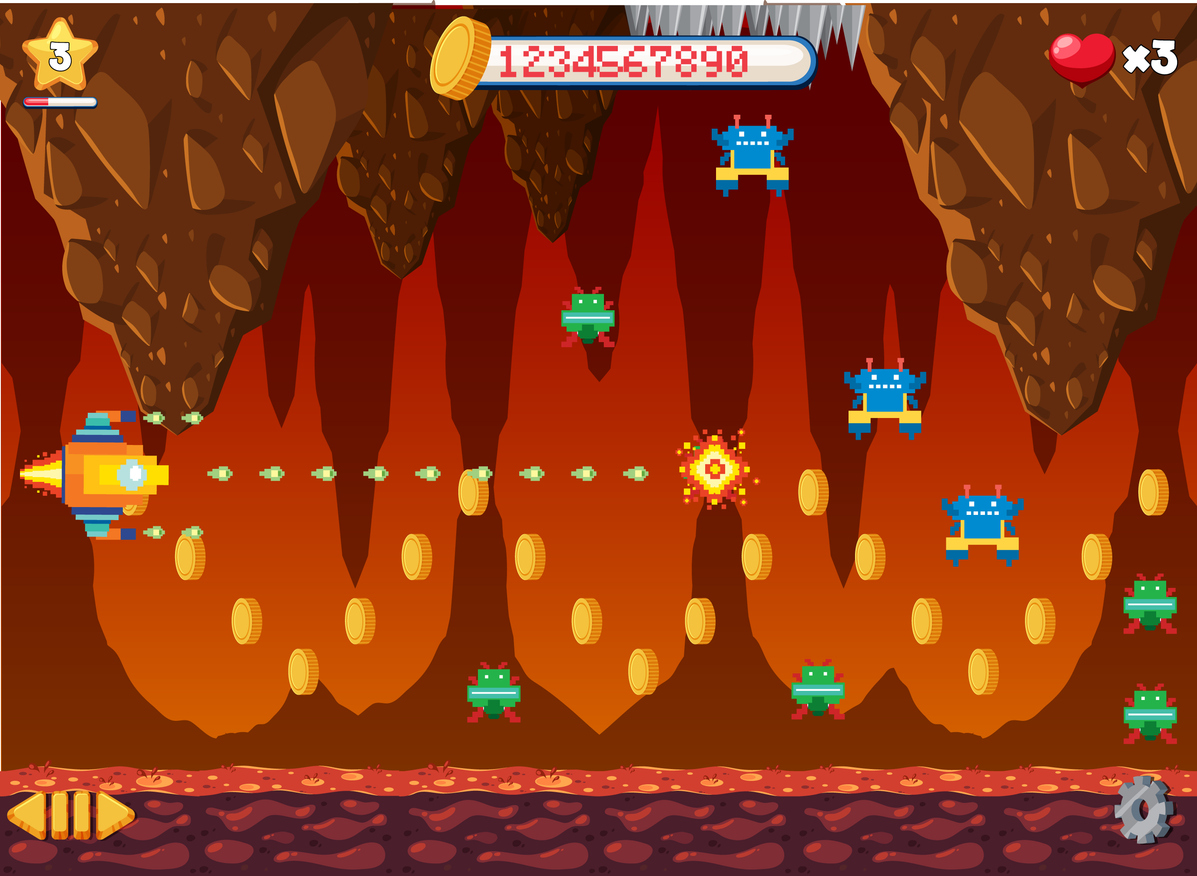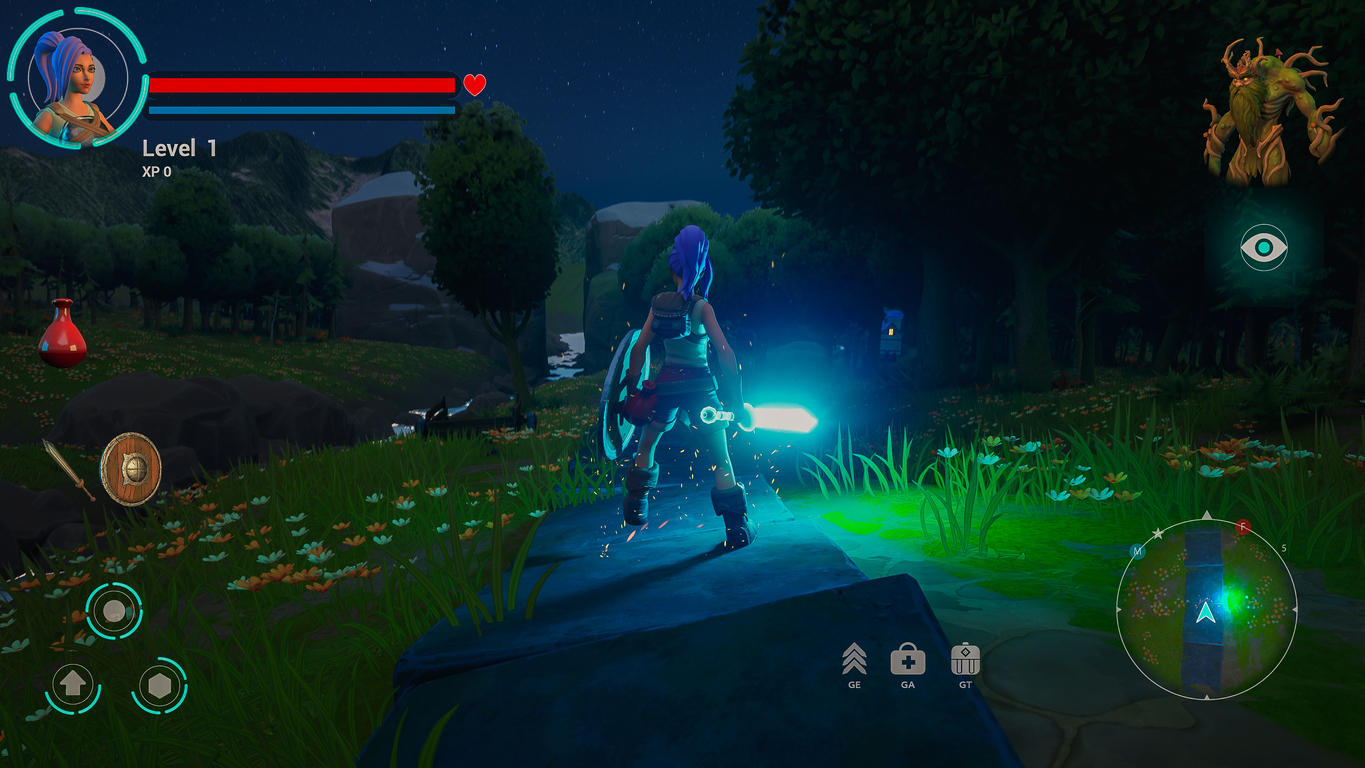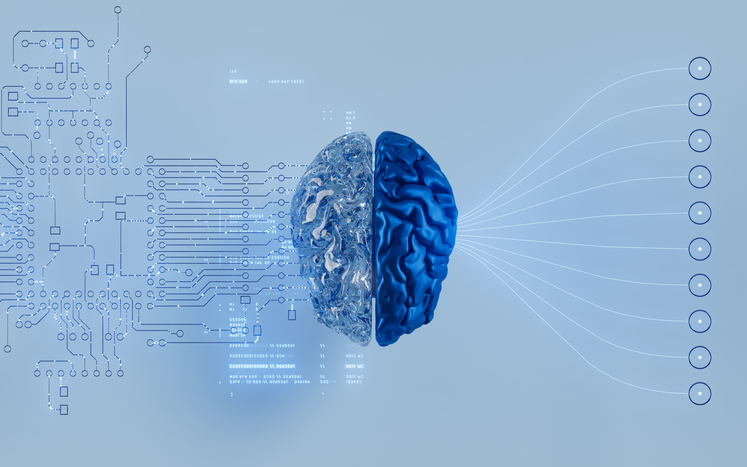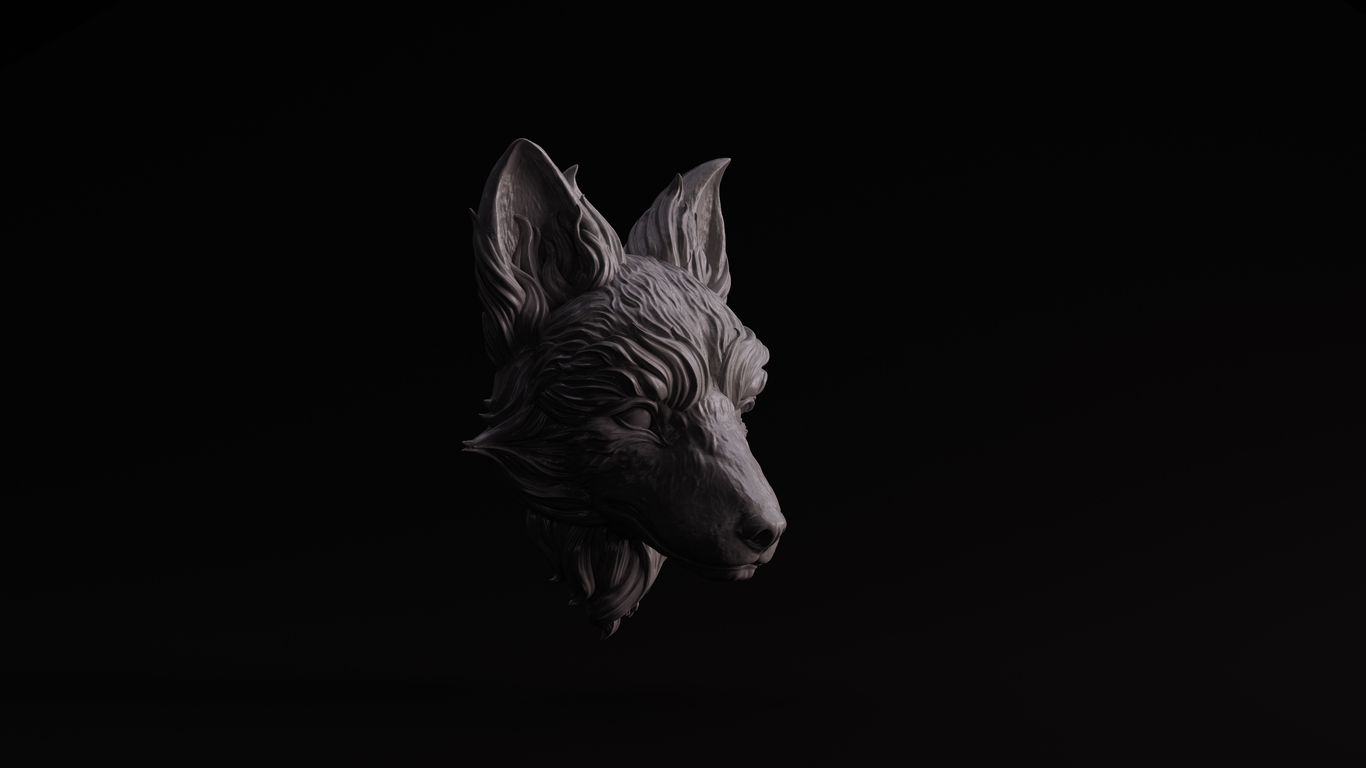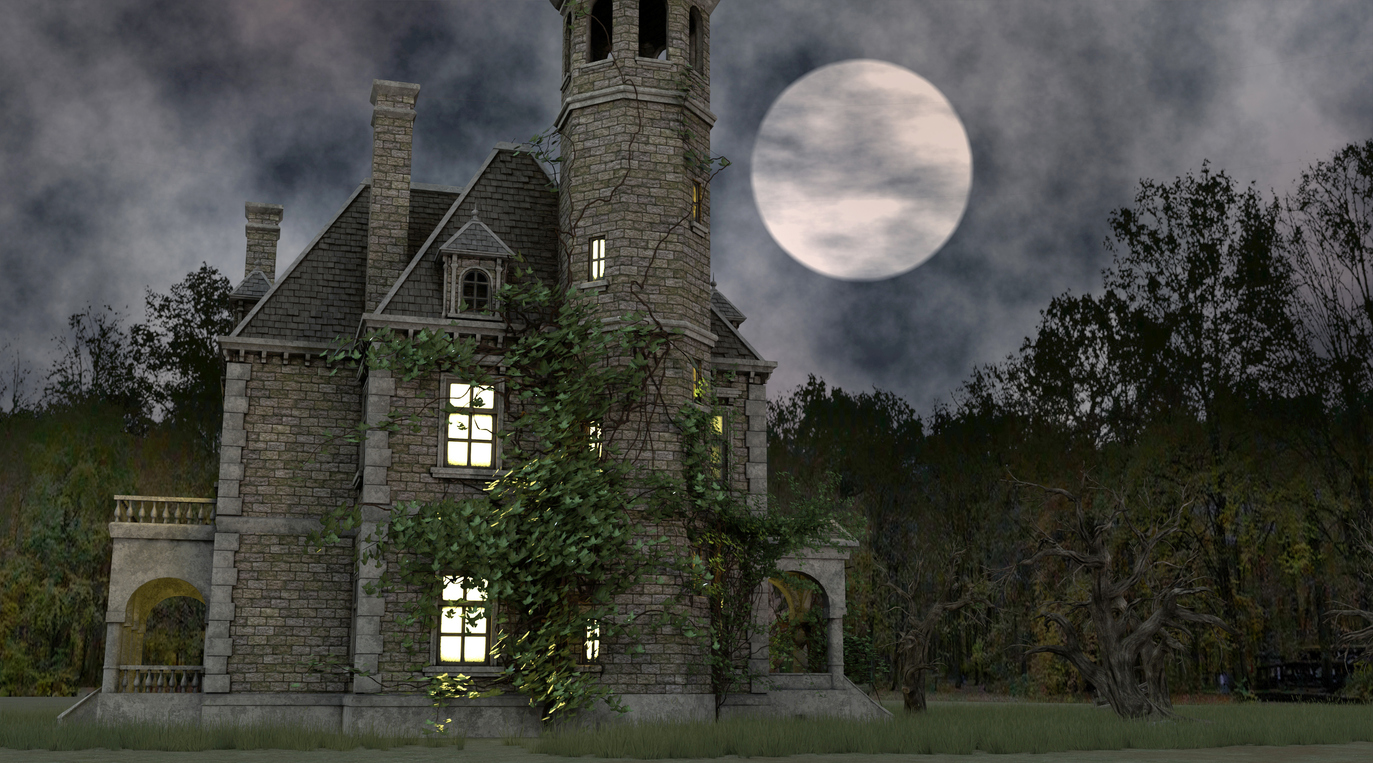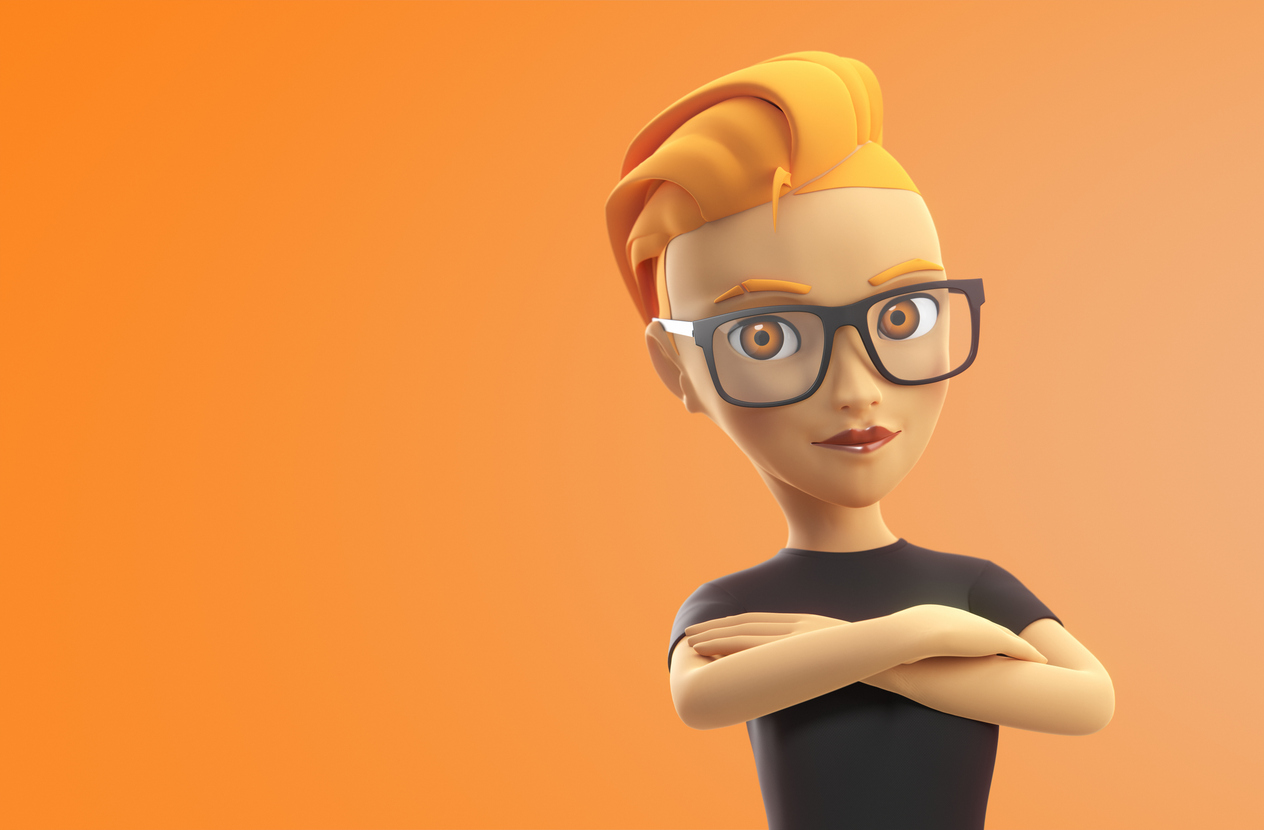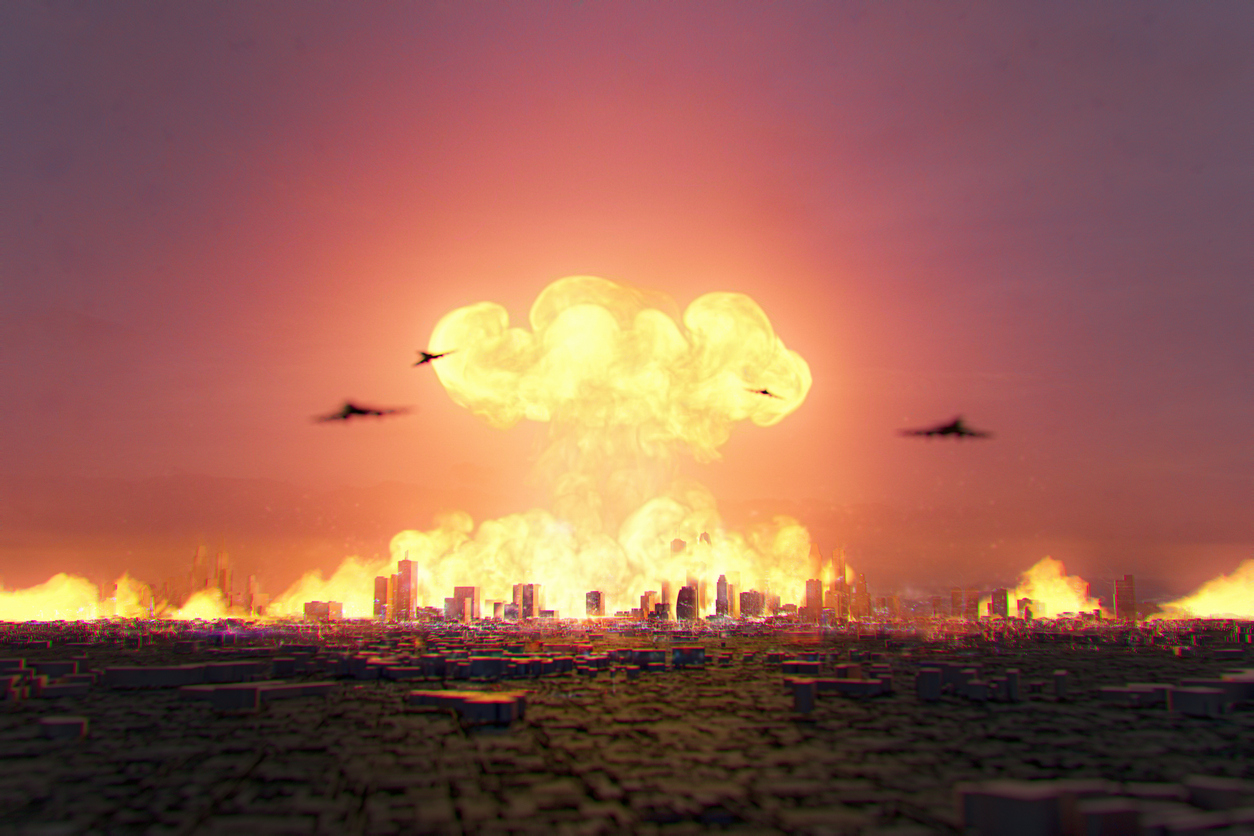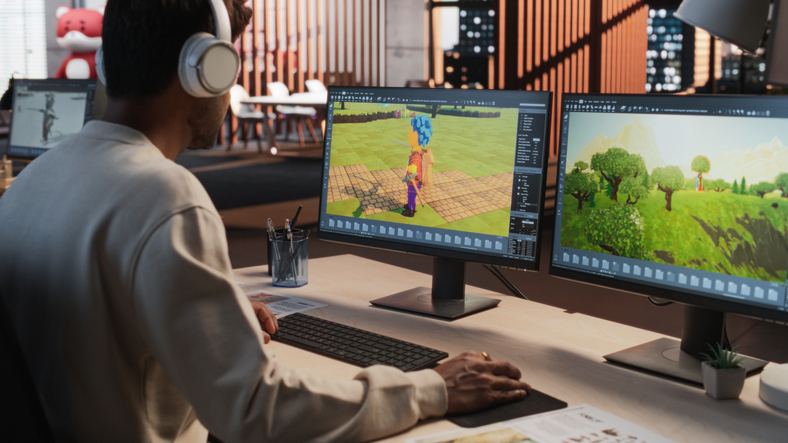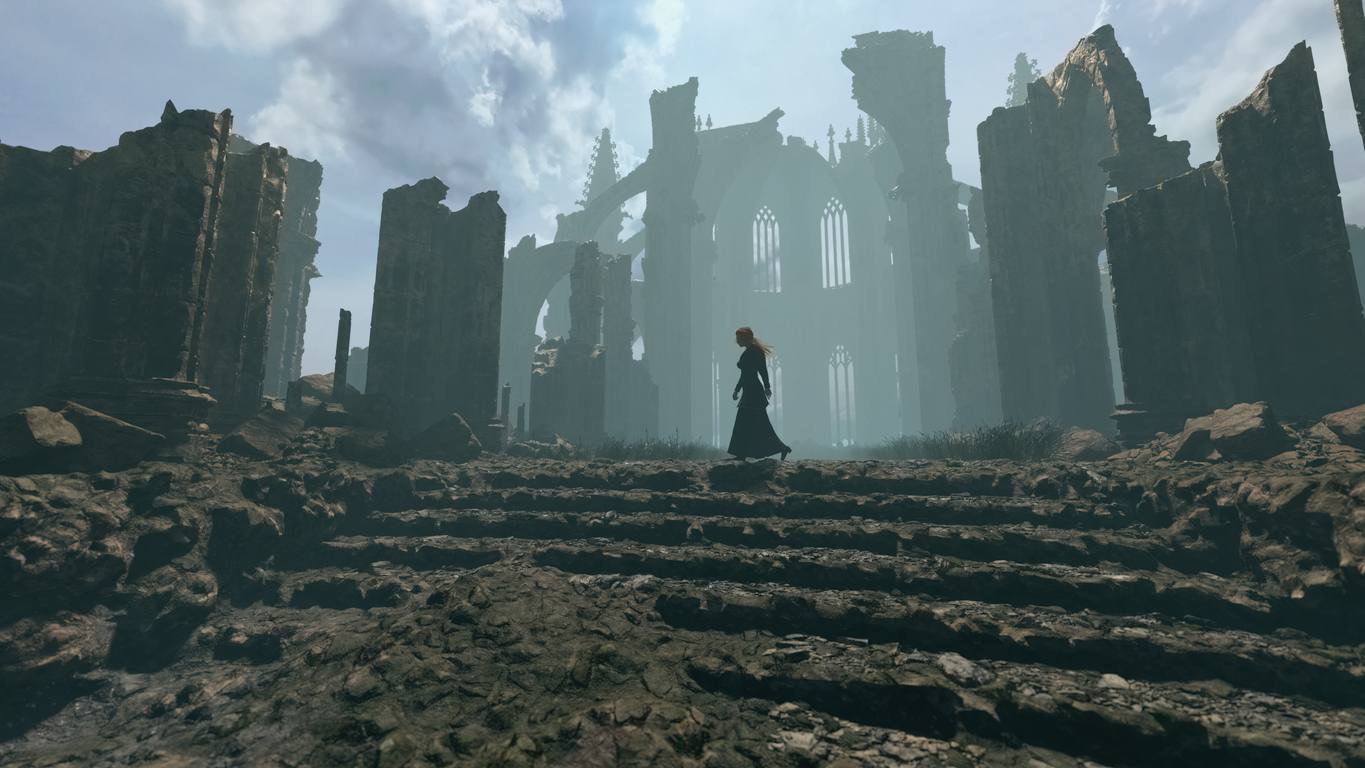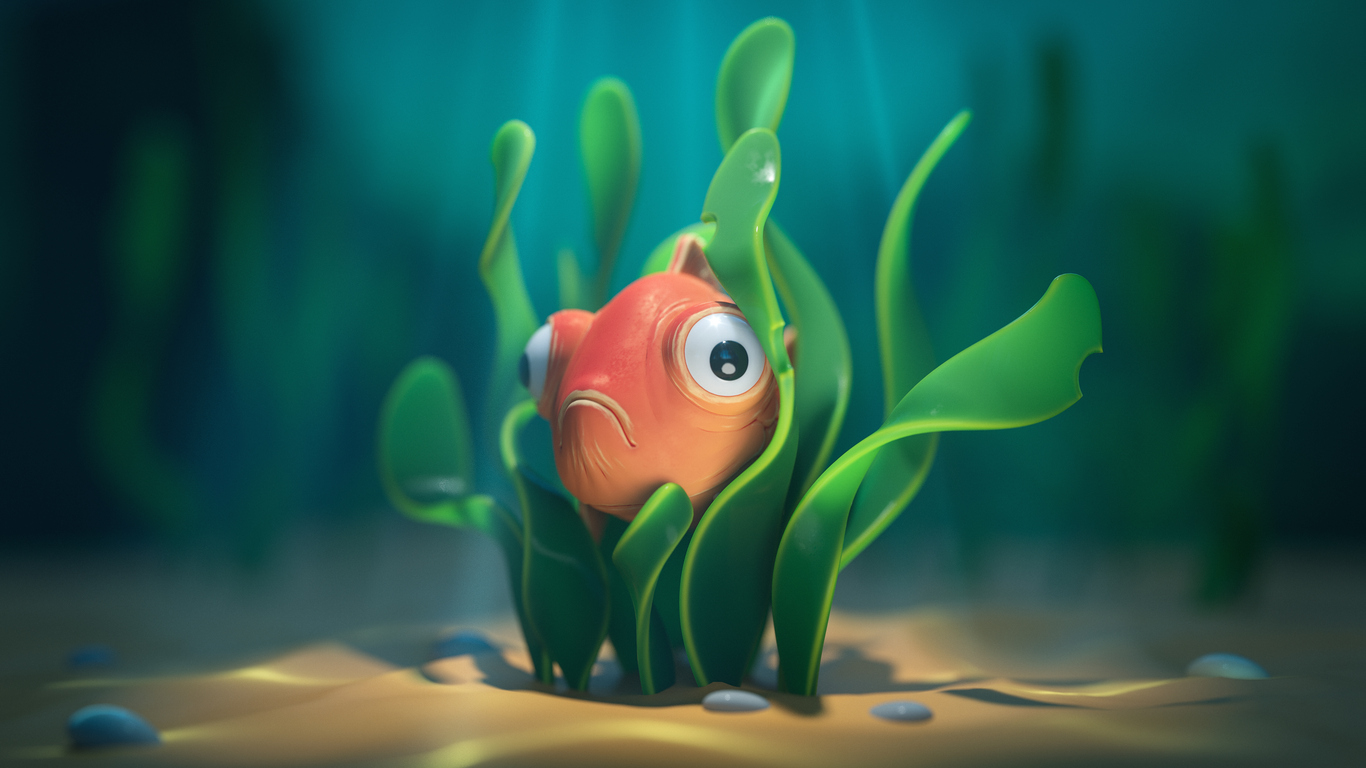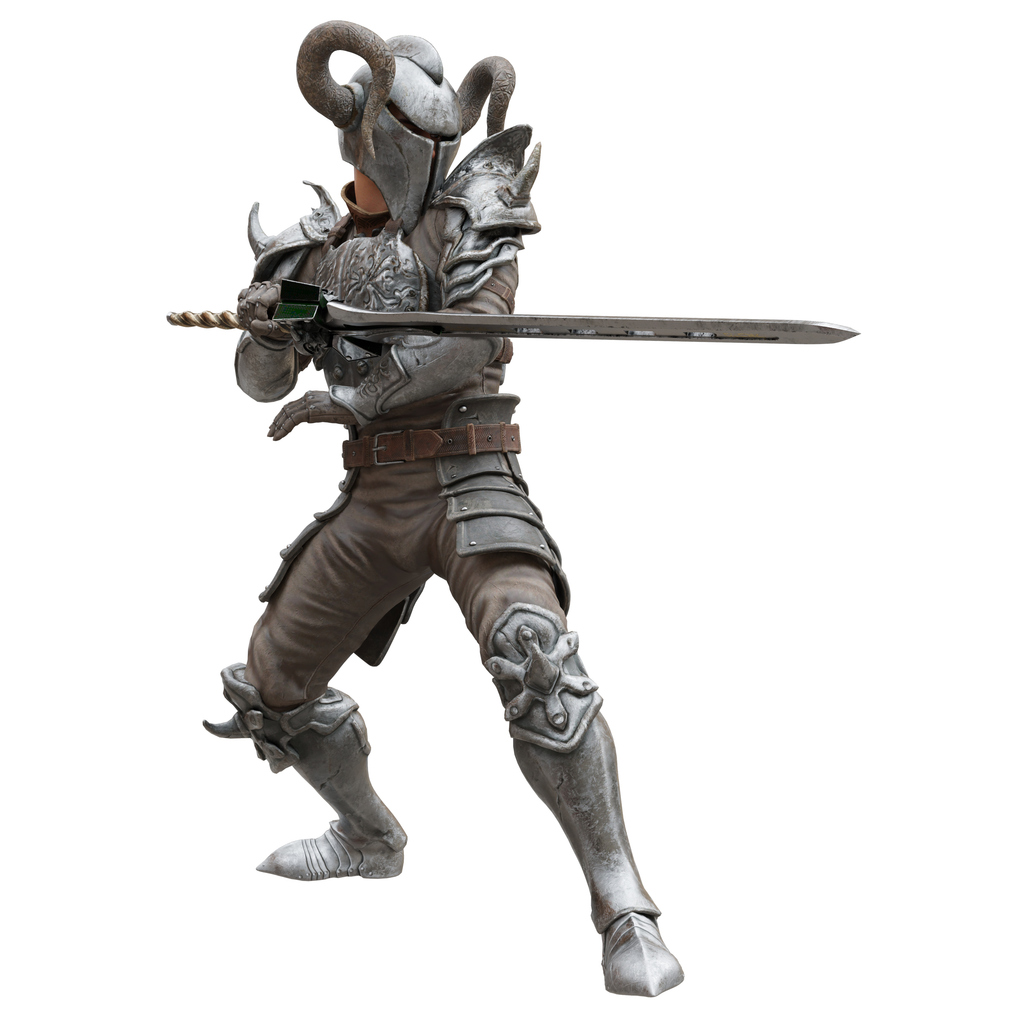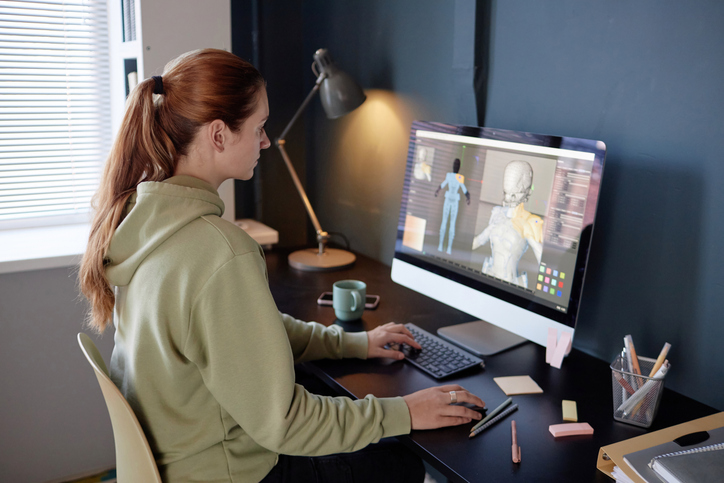Whether you’ve marvelled at the magic of Toy Story, explored open worlds in games like Red Dead Redemption 2, or watched a product demo on your favourite brand’s website, chances are you’ve already experienced the transformative power of 3D animation. But what is 3D animation? And why is it so vital in our media landscape today?
If you’ve ever wondered what 3D animation is and how you can be a part of this exciting field, you’re in the right place. Let’s dive into the world of 3D animation, explore its evolution, and show you why now is the perfect time to pursue a career in this creative and tech driven space especially through programs like VCAD’s 3D Modeling Animation Art and Design Diploma.
What is 3D Animation?
At its core, 3D animation is the art of creating moving images in a three-dimensional digital environment. Unlike 2D animation which presents visuals on a flat plane 3D animation uses depth, lighting, texture, and perspective to produce characters and scenes that feel real and immersive.
The process begins with modelling creating the digital “skeleton” or mesh of a character or object. That model is then rigged, meaning a digital skeleton is inserted so the character can be animated. Animators use keyframes to pose these digital characters at different points in time, and the software fills in the movement between those poses through a process called tweening. Finally, the animation is rendered, producing the stunning, lifelike visuals we see on screen.
Modern 3D animation softwares like Maya, ZBrush, and Substance Painter allow artists to build hyper detailed environments and animate complex characters. These tools, many of which are taught and used in VCAD’s 3D Animation program, are the industry standard across film, games, and marketing.
Bonus Read: How to Learn 3D Animation from Scratch
Evolution of 3D Animation in Media
As this evolution continues, the need for skilled 3D artists and animators is only increasing. Whether you're passionate about storytelling, fascinated by technology, or drawn to creative problem-solving, learning 3D animation opens the door to a world of opportunity.
The Breakthrough Moment
The journey of 3D animation is one of rapid innovation and artistic evolution. It first captured mainstream attention in the mid 1990s with the release of Pixar’s groundbreaking Toy Story, the world’s first fully computer animated feature film. At the time, audiences were mesmerized by the film’s vivid textures, realistic lighting, and expressive characters, all brought to life without a single hand drawn frame. Toy Story not only set a new standard for animation, but it also opened the door to a whole new era of digital storytelling.
Hollywood Embraces 3D
Following this milestone, animation studios across the globe quickly embraced 3D technology. Films like Shrek (2001), Finding Nemo (2003), Frozen (2013), and How to Train Your Dragon (2010) each pushed the boundaries of what 3D animation could achieve. From more nuanced character animation to increasingly intricate world building, each new release showcased technological advancements that made 3D animation more lifelike, emotive, and immersive.
Real-Time Rendering
But 3D animation hasn’t just revolutionized film, it has transformed the entire media landscape. In recent years, we’ve seen real time 3D rendering reshape how television content is produced. A prime example is Disney’s The Mandalorian, which uses a virtual production technique called "StageCraft." By combining the power of the Unreal Engine (a popular game engine) with massive LED walls, filmmakers can project fully rendered 3D environments in real time. This innovation eliminates the need for green screens, giving actors and directors the ability to interact with the digital environment as though it were physically there. The result? A seamless blend of cinematic storytelling and cutting-edge technology.
Beyond Entertainment
3D animation’s reach now extends far beyond entertainment. In architecture, 3D models and animated walkthroughs allow clients to explore building designs before construction even begins. In medicine, it helps visualize complex procedures and anatomical structures for both patients and professionals. In education, 3D simulations make learning more interactive and accessible whether you’re studying the solar system or a human heart. In engineering, animated prototypes reduce development costs and speed up the design process. And in advertising, companies use eye catching 3D animations to create product demos, explainer videos, and virtual brand experiences that leave lasting impressions.
A Pillar of Modern Media
Today, 3D animation is considered a cornerstone of modern media production. From feature films and television shows to YouTube content, virtual reality, mobile apps, and digital advertising, the influence of 3D animation continues to grow. It's no longer a niche skill for movie studios, it's a versatile, in demand craft used across countless industries.
As this evolution continues, the need for skilled 3D artists and animators is only increasing. Whether you're passionate about storytelling, fascinated by technology, or drawn to creative problem solving, learning 3D animation opens the door to a world of opportunity.
Difference Between 3D Animation and 2D Animation
While 2D and 3D animation are both valuable tools for visual storytelling, they differ greatly in technique, visual style, and applications.
|
Aspect
|
2D Animation
|
3D Animation
|
|
Dimensions
|
Flat: height and width (X and Y axes)
|
Adds depth with a Z axis (height, width, and depth)
|
|
Creation Method
|
Frame by frame drawings or vector graphics
|
Modelled in a 3D space using polygons and textures
|
|
Realism
|
Stylized and often abstract
|
Highly realistic and detailed visuals
|
|
Production Process
|
Faster and often more budget friendly
|
More complex, requires rendering and rigging
|
|
Common Uses
|
Cartoons, explainer videos, mobile games
|
Feature films, AAA games, VR/AR, product design
|
In short, 2D animation is ideal for simpler storytelling and stylized visuals. But when it comes to creating immersive, lifelike experiences, 3D animation is the medium of choice and it’s not going away anytime soon.
Why 3D Animation Is So Important in Modern Media
So, why exactly is 3D animation in such high demand today? Here are some of the biggest reasons:
1. Visual Realism
3D animation allows creators to produce images that mimic the real world with stunning accuracy. This is invaluable for industries like film, architecture, and product visualization.
2. Immersive Storytelling
With 3D animation, viewers can be pulled into a fully developed world whether it’s a fantasy realm in a video game or a virtual walkthrough of a new condo development.
3. Marketing and Branding
Brands use 3D animation to create engaging content, from product demos to immersive digital ads. The ability to rotate, zoom in, or animate a product in 3D makes marketing far more interactive.
4. Cross Media Versatility
Characters and assets built in 3D can be reused across games, films, merchandise, and even theme park experiences. That makes 3D a core asset in franchise development.
5. VR and AR Integration
Virtual and augmented reality experiences rely heavily on 3D animation. As these technologies grow, so will the demand for 3D artists.
6. Medical and Educational Use
Complex surgeries, molecular processes, or historical reconstructions can be visualized in 3D to help students and professionals understand difficult subjects more clearly.
In short, 3D animation is no longer just a film or gaming tool, it’s become a universal language of digital communication.
Career Opportunities in 3D Animation
If you’re passionate about creativity, storytelling, and technology, 3D animation offers a wide range of career paths. Here are just a few:
- 3D Character Animator
- 3D Texture Artist
- Lighting and Rendering Specialist
- VFX Artist
- Game Designer
- Environment Modeler
- Rigging Artist
- Storyboard Artist
- Motion Graphics Designer
- VR/AR Content Developer
These roles are in demand at animation studios, game development companies, advertising agencies, architectural firms, and even medical tech companies.
And the future looks bright according to industry projections, animation and VFX related jobs are expected to grow steadily in the coming years across Canada and globally.
Why Choose VCAD to Learn 3D Animation?
If you’re looking to break into this exciting industry, choosing the right training program is critical. Here’s why VCAD’s 3D Modeling Animation Art and Design Diploma stands out:
- Learn from Anywhere: VCAD offers a fully online diploma program, giving you the flexibility to learn from the comfort of your home while balancing other responsibilities.
- Hands On Experience: The curriculum focuses on practical, hands-on projects, so you’ll be building real world experience with every assignment.
- Industry Standard Tools: You’ll work with the same tools used in studios around the world, including Adobe Creative Suite, Maya, Houdini, ZBrush, Substance Painter, and Unreal Engine.
- Build a Professional Portfolio: By the end of the program, you’ll graduate with a portfolio of industry ready work, a must have for landing your first job or internship.
- High Quality Education: The program is certified by the Registrar of the Private Training Institutions Branch (PTIRU) in British Columbia, ensuring you receive a recognized and reputable education.
Whether your dream is to work on a Pixar style movie, create jaw dropping game environments, or build the next big thing in virtual reality, VCAD gives you the foundation and tools to bring your ideas to life.
Final Thoughts
So, what is 3D animation, and why does it matter?
It’s the digital art form that powers today’s most exciting content, from films and video games to architectural walk throughs and medical visualizations. It bridges the gap between imagination and reality. And most importantly, it’s a skill that opens doors to countless creative careers.
As the world continues to go digital, the demand for talented 3D artists will only grow. If you’re passionate about creativity, storytelling, and technology, there’s never been a better time to dive into the world of 3D animation.
Ready to take your first step?
Explore the VCAD 3D Modeling Animation Art and Design Diploma and turn your passion into a profession.
